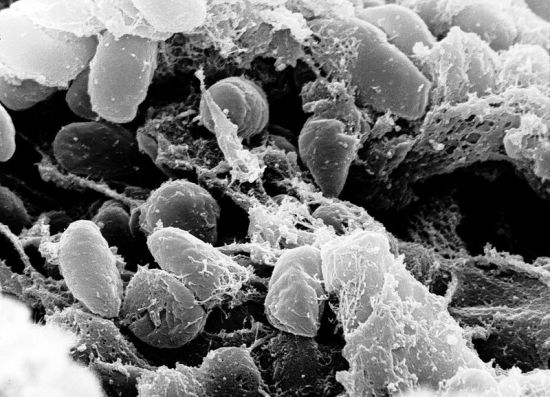Researchers Discover the Origin of the Black Death
Evolutionary geneticist and member of the McMaster’s Michael G. DeGroote Institute for Infectious Disease Research Hendrik Poinar, grad student Kirsti Bos, and Johannes Krause of University of Tubingen have discovered the initial cause of the Black Death. Using a method of DNA enrichment and high-throughput DNA sequencing, the team discovered that the currently extinct Yersinia pestis bacterium caused the Black Death, the origin of which was, until now, a mystery.
The Black Death, responsible for 30 to 50 million deaths in Europe between 1347 and 1351 and a Sean Bean movie, still claims about 2,000 lives per year. “The Black Death is arguably one of the most dramatic examples ever of emerging or re-emerging disease,” Poinar says, referencing how the Black Death has had three major outbreaks throughout history, and feels that studying the origin of the disease, now that it has been discovered, could provide information as to the evolutionary history of of the organism as a human pathogen.
After analyzing the DNA of 109 skeletal remains that Poinar and Bos discovered at East Smithfield, a mass burial site on the outskirts of London in 1349, they discovered Yersinia pestis genes. Initial findings suggest that the Black Death pathogen may now be extinct. Poinar’s next goal is to sequence the DNA:
“I am confident that this new technique will lead to answers that will change our understanding of the history of plague and our concept of emerging and re-emerging diseases.”
The research appears in Proceedings of the National Academy of Sciences.
(via Medical Xpress)
Have a tip we should know? [email protected]
